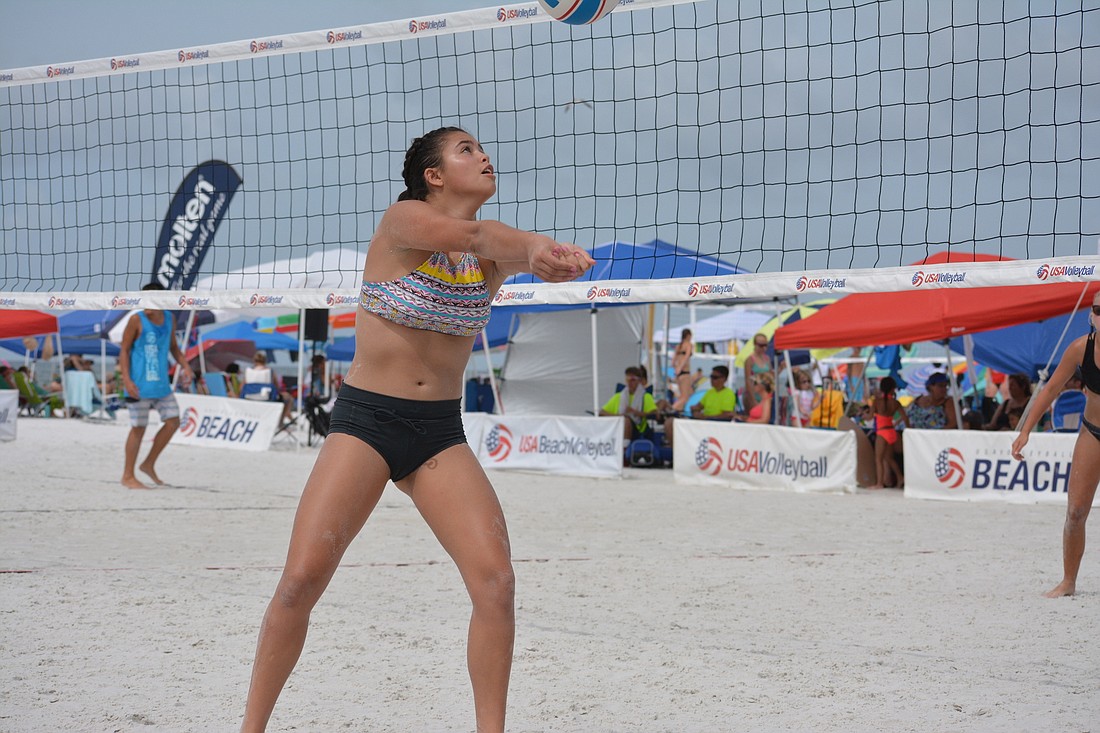- May 10, 2024
-
-
Loading

Loading

I haven’t been here a year yet, but I’ve been here long enough to know that area folks are darn proud of Siesta Key Beach, which was once again rated the best beach in the country.
Area folks love it so much, they wish it would stop being ranked highly, so out-of-staters stop visiting it. According to many Observer Facebook comments, area folks are concerned “Siesta Key,” MTV’s upcoming reality show on party animal 20-somethings will bring even more unwanted punks.
I can attest to the beach’s magic. The first time I stepped through the palm trees, felt the breeze whistle through my thistle-like beard and saw the Gulf’s slow-rolling waves, I felt at home. The views are a large part of the beach’s appeal, but so is its white sand. The 99% pure quartz crystal minerals keep feet from frying and make beach bums feel like they are frolicking in flour.
The grains are soft, and don’t stick (to skin, at least), but the overall surface is hard. It’s great for laying out and getting some sun, but is it great for every activity?
With the USA Volleyball Junior Beach Tour Championships in Siesta Key from July 20-25, I decided to find out what out-of-state athletes thought of the surface. And yes, USA Volleyball does refer to it as “beach” volleyball, even though some people (including fellow Observer-ites) refuse to call it anything but sand.
The results? Let’s call them mixed.
Max Roquet and Nick Eichenberger, both 15, have been beach partners for three years, despite living three hours apart. Roquet lives in Des Moines, Iowa, and Eichenberger in Kansas City, Mo. Both boys said there were benefits and drawbacks to playing on Siesta’s harder sand.
“It’s easier to hit, but harder to dive,” Roquet said.
He pointed to a mark the size and color of a Red Delicious apple on the right side of his abdomen. “I got this from diving yesterday,” he said.
Ouch.
Eichenberger said most sand causes feet to sink while playing, making jumping for spikes and blocks more difficult. That’s not the case here, he said, and that’s a positive. It was a quick adjustment for the duo. When I spoke to them, they had just won a match to move to 5-0 in the championships. They ended up reaching the Boys 16U Gold Bracket championship match, but lost in straight sets.
Hannah Payan and Kalei Kepler, both 14-year-olds from El Paso, Texas, didn’t see quite the same success, bowing out in the second round of the Girls 14U Bronze bracket. They had similar thoughts on the sand, though.
“It’s easier to jump, for sure,” Payan said. “I like that it’s nice and cold.”
She also noted the wind was an element she isn’t used to dealing with in El Paso.
Kepler prefers the sand here, which she compares to cement, because it allows for faster running. It was a new experience for her. The sand in Texas might as well be dirt, she said, which is perhaps the harshest roasting of sand I’ve ever heard.
The other three participants couldn’t pick one surface they preferred. But consensus seems to be that, if not the best, Siesta Key Beach is a viable championship spot from a player’s perspective, with sand that presents a unique and fun challenge.
Just don’t dive unless you have no other choice.